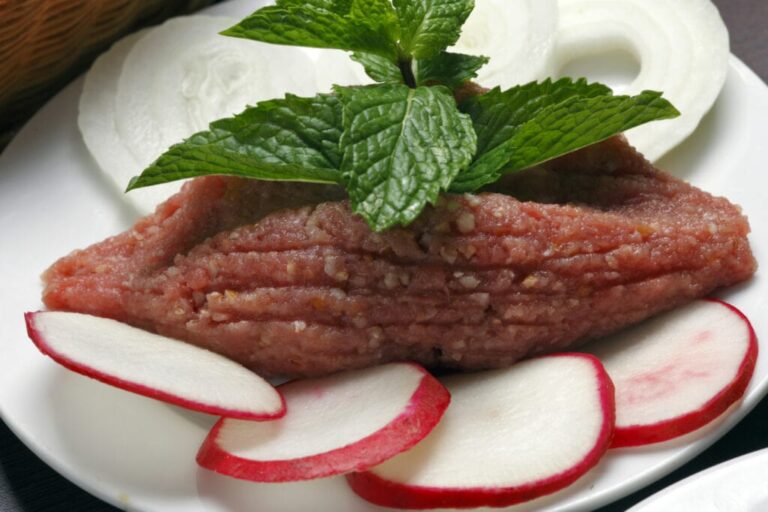Introduction: Lebanese cuisine and its cultural influences
Lebanese cuisine is renowned for its vibrant flavors, colors, and textures. Lebanese cuisine has been influenced by various cultures over the centuries, including the Mediterranean and the Middle Eastern regions. It is characterized by the use of fresh ingredients, herbs and spices, and a mix of vegetarian and meat-based dishes.
The geographical location of Lebanon has made it an attractive destination for traders, travelers, and migrants throughout history. These cultural exchanges have brought with them a plethora of culinary influences, which have helped shape Lebanese cuisine into the delicious and diverse cuisine that it is today.
The Mediterranean influence in Lebanese dishes
Lebanon shares a coastline with the Mediterranean sea, which has had a significant influence on Lebanese cuisine. The use of fresh seafood, olive oil, and vegetables are an essential part of the cuisine. The Mediterranean influence can be seen in dishes like tabbouleh, a salad made with parsley, tomatoes, and bulgur wheat, and fattoush, a salad made with mixed greens, radishes, and cucumbers. These salads are typically dressed with a mixture of olive oil, lemon juice, and sumac, which is a spice commonly used in Mediterranean cuisines.
Middle Eastern spices and their role in Lebanese cuisine
Middle Eastern spices such as cumin, coriander, and allspice are commonly used in Lebanese cuisine. These spices add depth and complexity to dishes and are used in both vegetarian and meat-based dishes. The use of spices can be seen in dishes like kibbeh, a dish made with minced meat, bulgur wheat, and spices, and shawarma, a dish made with marinated meat that is cooked on a spit and served with various accompaniments.
Shared ingredients between Lebanese and Mediterranean/Middle Eastern cuisines
Lebanese cuisine shares many ingredients with Mediterranean and Middle Eastern cuisines. For example, tahini, a paste made from ground sesame seeds, is used in dishes like hummus, baba ghanoush, and falafel, which are popular throughout the region. Other shared ingredients include yogurt, pomegranate, pistachios, and dates.
The impact of historical events on Lebanese cuisine
Lebanese cuisine has been shaped by historical events, including the Ottoman Empire’s influence and French colonization. The Ottoman Empire brought with it a variety of spices and culinary traditions, which have influenced Lebanese cuisine. The French colonization introduced new ingredients and cooking techniques, such as the use of butter and cream in dishes like moussaka and béchamel sauce.
Conclusion: The unique blend of flavors in Lebanese cuisine
Lebanese cuisine is a unique blend of cultural influences, spices, and ingredients. The cuisine has been shaped by historical events and the region’s geographical location. The use of fresh ingredients, herbs, and spices, combined with vegetarian and meat-based dishes, has made Lebanese cuisine one of the most popular cuisines in the world. Its unique blend of flavors, influenced by Mediterranean and Middle Eastern cuisines, has made Lebanese cuisine a must-try for culinary enthusiasts.

